Written by Lorrie Reynolds
Categories
A New Dog Training Tips Project!
One of my goals this year is to publish a weekly dog training tip that applies to some aspect of agility, tricks, canine conditioning, or just daily life with dogs. The tips range from technique, to motivation, to practical tips for making dog training easier.
A second goal is to write more stories. Almost 20 years in dog sports has given me plenty of things to write about, for sure.
So why not combine the two?
Just Quit
What Sue told me privately at the start of one of my seminars both shocked me and made me see red. “My instructor told me to just quit,” she said quietly. I looked at her in disbelief, not even sure what to say.
Sue’s teammate wasn’t dog or human aggressive. He wasn’t out of control, unsafe, or physically unfit for agility. Murphy’s problem? He was what we call a “velcro” dog who had always worked close to Sue, and he had lower than average motivation.
The combination caused him to knock bars because he was looking at Sue, they were frequently over time at agility trials, and she had *never* qualified on a course that required distance.
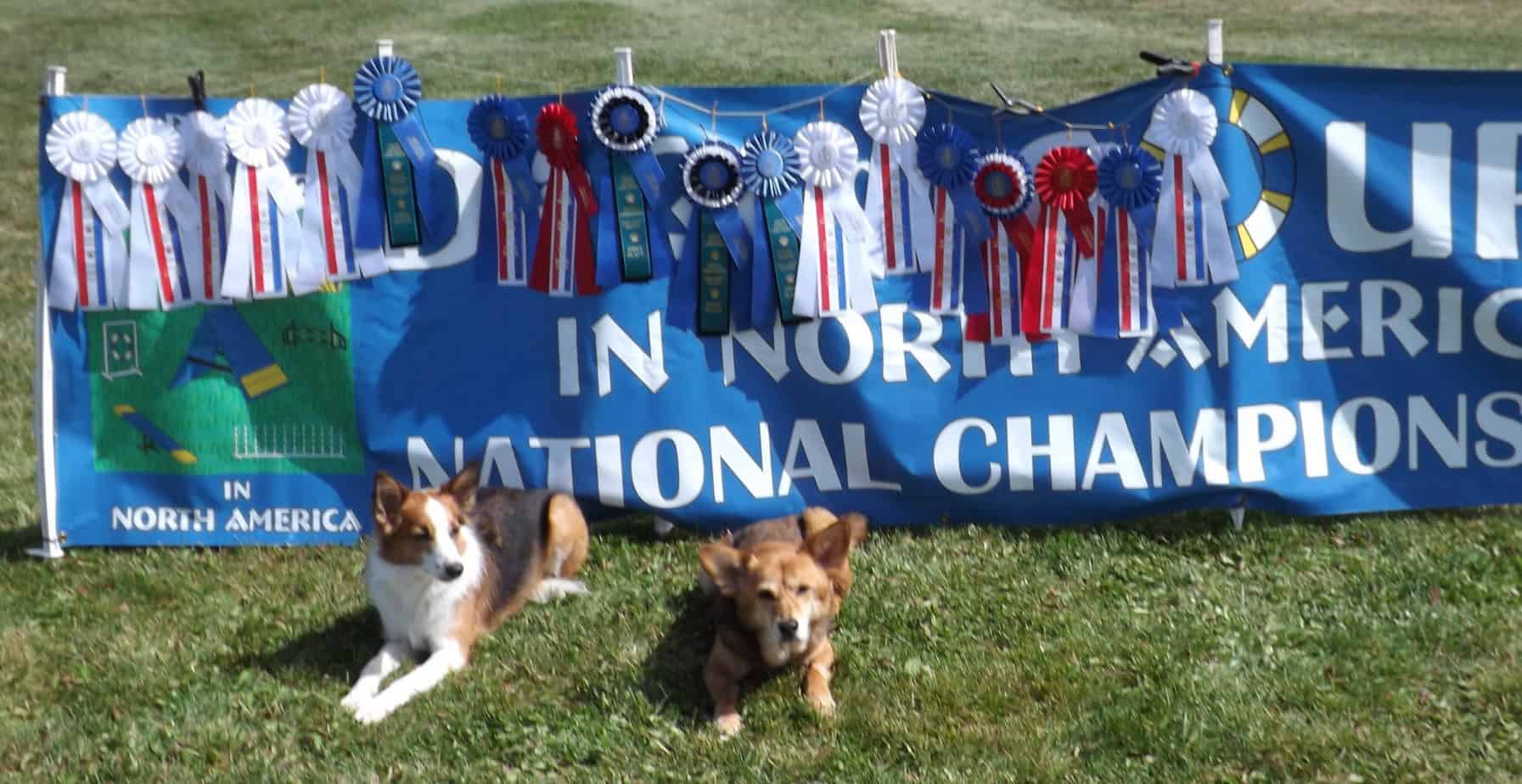
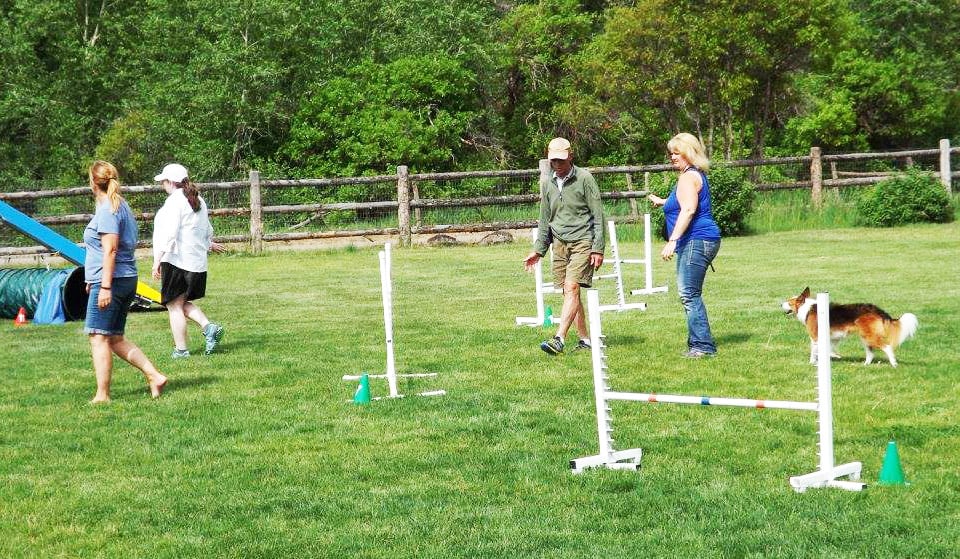
“Let’s see what we can do to change her mind,” I said, shaking off my shock. “*You* tell *me* if you think you should quit at the end of today.”
Sue obviously didn’t want to quit. She’d invested time and money and traveled to get to the seminar. She was disheartened, embarrassed, and frustrated, but she wasn’t ready to throw in the towel.
All day, Sue took in every bit of information like a sponge. She took notes, asked good questions, and tried her hardest on every exercise.
We talked about motivation, rewards, and building the dog’s confidence. She learned how her cues were interpreted by her dog, and what she could do to clarify her communication. And she worked. Hard. She followed direction, repeated the exercises, and borrowed my dog to practice with before Murphy got tired of playing.
All day long she dedicated herself to learning the pieces that could help build their relationship, communication, and their teamwork.
On the second-to-last exercise of the day, Murphy took a series of jumps 10 feet away. Not at top speed, not at full height, but also not while glued to her leg. You would have thought she won Nationals by her reaction.
As she was packing up and getting ready to leave, I walked up to her and said “Well?” She looked at me with determination. “I’m not quitting,” she said. Then she laughed. “But I am finding a different instructor.”
Training Tip:
Don’t let anyone tell you what you can’t do or who you can’t be. Create your own path that aligns with what YOU want. With the right guidance, information, hard work, and attitude, you can accomplish anything you set your mind to.

1 Comment
Submit a Comment
You Might Also Like…
Five Ways to Crush It at Your Next Dog Agility Seminar
Going to a dog agility training seminar? Check out these five tips to maximize your return on investment!
Read This Before Deciding on Your Agility Dog’s Contact Performance
Which contact performance, running or stopped, is right for your team? The answer might surprise you.
Is Your Agility Dog a Pinto or a Ferrari?
If you’ve moved up from a slow or moderately-fast agility dog to a speed racer, here’s some advice to make your life easier.
Get tips, stories, discounts, and early notification of events and new courses delivered straight to your inbox! Join the community!

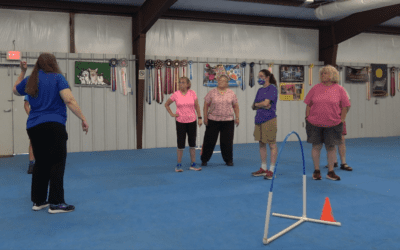
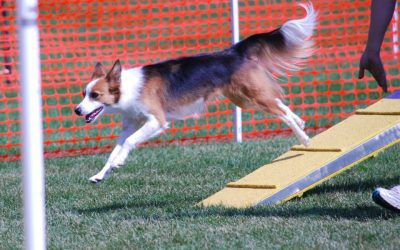
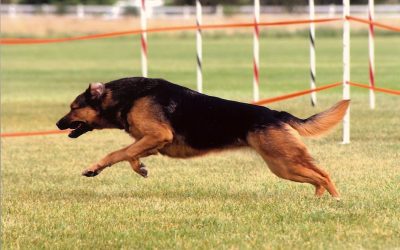
Maisie and I really learned a lot on Saturday. Thank you Lorrie. We would enjoy more seminars !